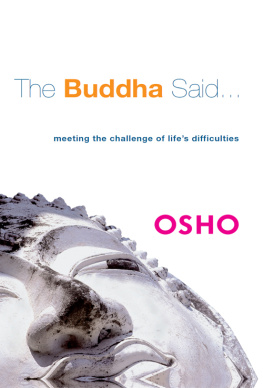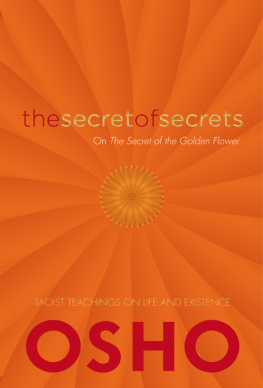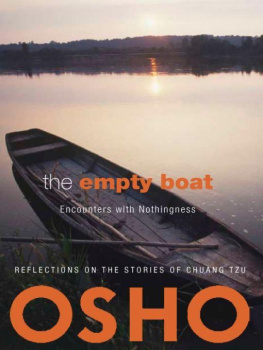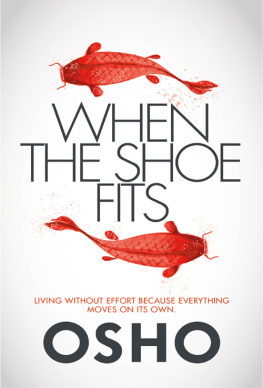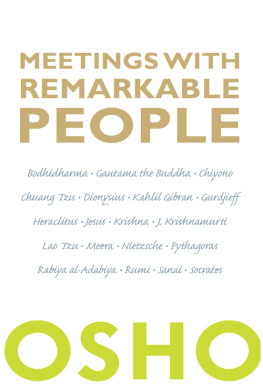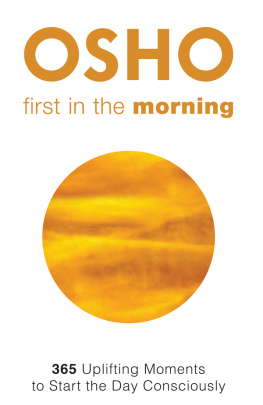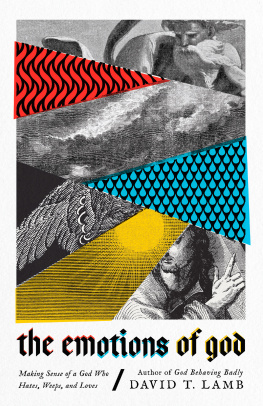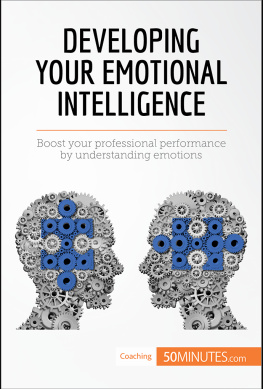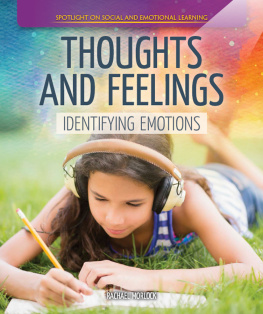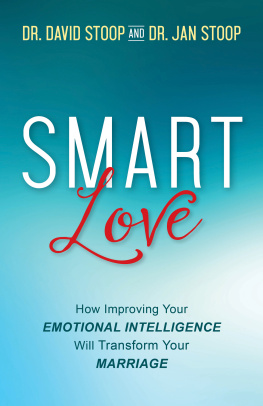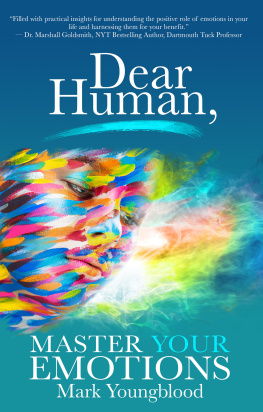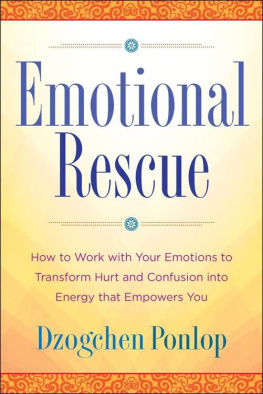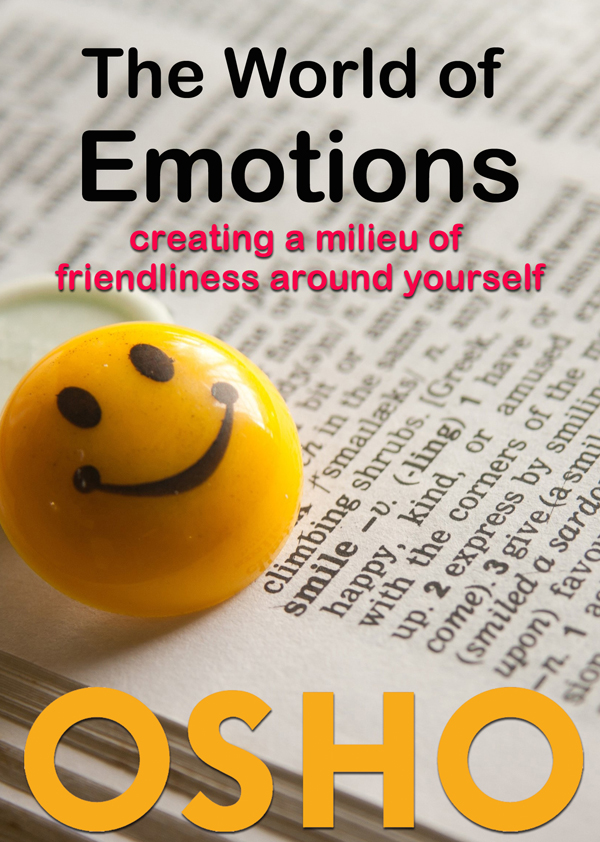The World of Emotions
friendliness, compassion, cheerfulness and gratitude
We have talked about two phases that are related to the spiritual journey: purity of the body and purity of thought. Emotions are at a deeper level than the body and thoughts. The purity of emotions is the most important quality. On the spiritual journey and in meditation, the purity of emotions is more useful than that of the body and of thoughts. This is so because man does not live so much according to thoughts, he lives more according to his emotions. It is said that man is a rational animal, but this is not true. You dont do very many things in your life as a result of thinking, most of what you do is influenced by your emotions. Your hatred, your anger, your love all these are related to your emotions, not to your thoughts.
Most of the activities in life originate from the world of emotions, not from the world of thoughts. You must also have noticed that you think one thing, and when the time comes you do something else. The reason for this is that there is a fundamental difference between emotions and thinking. You may decide that you will not become angry; you may think that anger is bad, but when anger gets hold of you, thinking is left aside and you become angry.
As long as a transformation in the world of emotions does not happen, just thinking and contemplation alone cannot bring about a revolution in life. That is why, on the spiritual journey the most basic point is the emotions. So this morning we will discuss how to bring about the purification of the emotions.
Of the many dimensions that emotions cover I would like to emphasize four. I will talk about the four aspects through which emotions can become pure. These are also the four aspects that can reverse and become a womb for impure feelings. The first of these aspects is friendliness, the second is compassion, the third is cheerfulness, and the fourth is gratitude. If you were to include these four emotions in your life you would achieve purity of emotions.
These four each have their opposite. The opposite of friendliness is hatred and enmity; the opposite of compassion is cruelty, violence and unkindness; the opposite of cheerfulness is sadness, misery, anguish and worry; the opposite of gratitude is ingratitude. Someone whose life and emotions are in the four opposite aspects is in a state of impure emotions, and someone who is rooted in the first four aspects is rooted in pure emotions.
You should find out what influences your emotions, what moves your emotions. Is it true that instead of friendliness, enmity and hostility are more prominent in your life? Is it true that instead of friendliness you are more easily moved by enmity, by hostility? Are you more easily impressed by it? Are you more easily triggered by it? Do you get more energy from it? As I said earlier, anger has energy but friendliness also has energy. Someone who only knows how to generate the energy of anger will miss a major dimension in his life. Someone who has not learned how to awaken the energy of friendliness is someone who is powerful only in hostile situations and becomes weak in friendly situations.
You might not be aware that all the nations in the world become weaker during times of peace, and during times of war they become more powerful. Why? because they dont know how to create the energy of friendliness. Silence is not a strength for you, it is a weakness. This is the reason why India, a nation that has talked so much about peace and love, became so powerless because ordinarily the only way to feel strength is to be hostile.
Hitler wrote in his autobiography: If you want to make a nation powerful, then pretend that you have enemies or create real enemies. Tell the nation that there are enemies everywhere, even if there are not. When people believe that they are surrounded by enemies it will generate much strength and energy.
This is why Hitler pretended that the Jews were the enemy it was not true and for ten years he sermoned and explained to the whole country: The Jews are our enemies and we will have to protect ourselves from them. Much energy was generated. All of Germanys strength came out of hostility, all of Japans strength came out of hostility. Today, the power of America and Russia also comes out of hostility.
Up to now the history of mankind shows that we only know how to generate the energy of enmity; we dont know about the energy of friendliness. Mahavira, Buddha and Christ laid the foundations for the energy of friendliness. They have said that nonviolence is power. Christ said Love is power; Buddha said Compassion is power. You hear it, but you dont understand.
So I say to you, think about your life. When do you feel powerful? Is it when you feel animosity toward someone or is it when you are feeling peaceful and full of love toward someone? And you will see that you feel powerful in hostile conditions, and that when you are in a state of awareness and silence you become powerless and weak. This means that you are being ruled by impure emotion. And the stronger the impure emotions are, the less you can enter within yourself.
What is it that prevents you from entering within yourself? Try to understand this very important point. Your hostility is always focused on the outside; this means that hostility happens toward someone who is outside of you. If there were no one on the outside, hostility could not arise in you.
But I tell you that love is not focused on the outside: even if there is no one on the outside love can still happen within you. Love is intrinsic, friendliness is intrinsic. Hostility needs the other, it is related to the other. Hatred is triggered by the outside, love wells up inside. The spring of love flows from within, the reaction of hatred is provoked from without. Impure emotions are created on the outside, pure emotions flow from within.
Try to understand this difference between impure emotions and pure emotions. The emotions that are triggered by the outside are not pure; so your love, the passion that you call love, is not pure because it is triggered by the outside. Only the love that flows from within, that is not triggered by the outside, is pure. Thats why in the East we say there is a difference between love and passion: we separate passion from love.
Passion is triggered by the outside. Buddha or Mahavira have no passion in their hearts, they have love.
Jesus was passing through a town. It was noon and he was very tired. The sun was very hot so he stopped to rest in a garden under a tree. The house and garden belonged to a prostitute. She saw Jesus resting under the tree in her garden. No one like this had ever stopped to rest in her garden; she had never seen anyone like this before. She had seen many beautiful people, she had seen many powerful people, but this beauty was different, this wholeness was something not of this world. She was so pulled by her attraction to him that before she realized it she had already reached the tree.


